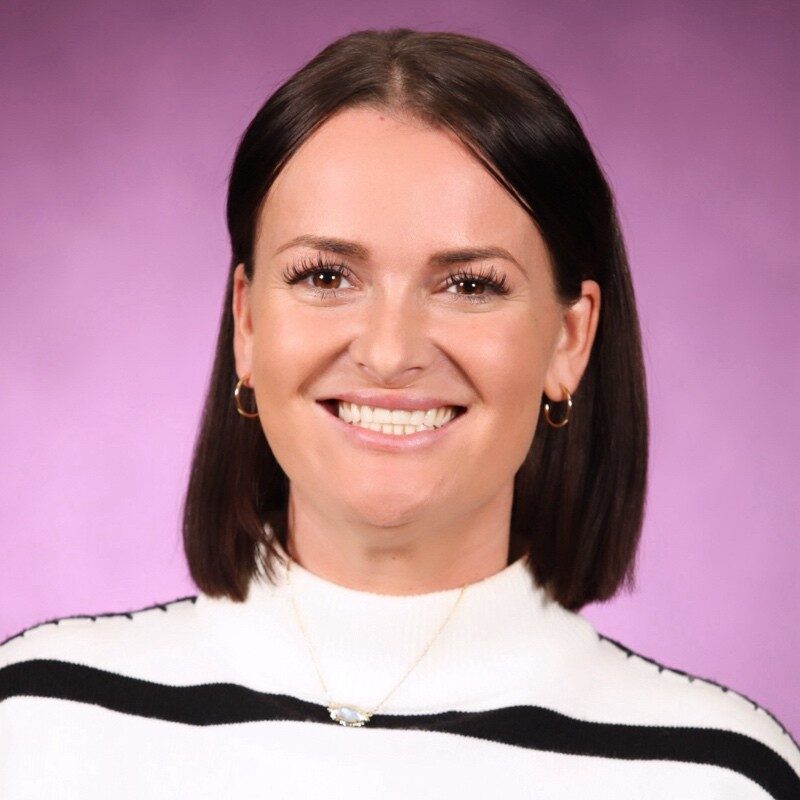Key Takeaways
Disorganized attachment is a type of insecure attachment style where someone both fears and craves closeness. This experience can make it hard to trust others, manage emotions, and build stable relationships.
Disorganized attachment is associated with adverse childhood experiences, like trauma and abuse, as well as being raised by an inconsistent or unpredictable caregiver.
With access to therapy and self-help strategies, it’s possible to change your attachment style and develop healthier bonds with yourself and others.
Disorganized attachment is a type of insecure attachment style where a person both fears and desires closeness. This can result in difficulty trusting others or managing their emotions. It’s part of attachment theory, which explains how early experiences with caregivers shape the way people feel, behave, and connect with others as adults.
While people with a secure attachment style tend to feel safe and satisfied in relationships, insecure attachment styles like disorganized attachment can lead to anxiety disorders, low self-esteem, and ongoing relationship challenges.
The good news is that with support and self-awareness, it’s possible to heal from past experiences and build healthier, more secure relationships.
What is disorganized attachment?
Disorganized attachment, sometimes referred to as fearful avoidant attachment, is an insecure attachment style characterized by inconsistent and unpredictable behavior in relationships.
People with a disorganized attachment style desire closeness and connection with others, but are also fearful of becoming close with others. Even when they’re in a healthy relationship, they may struggle with vulnerability and continue to look for signs of rejection or betrayal from their partner.
Other signs of disorganized attachment in adults include:
Difficulty opening up to others
Trouble managing stress and emotions
Giving off mixed signals
Feeling unworthy of love and security
Intentionally sabotaging relationships by picking fights or hurting others
History of short relationships
Trouble self-soothing
Negative view of self and others
What causes disorganized attachment?
Disorganized attachment often develops in childhood as a response to fear, instability, or inconsistent caregiving. When a child’s early environment doesn’t feel safe or predictable, it can be hard for them to build trust or form secure emotional bonds. Over time, these early patterns can continue into adulthood and affect how they approach relationships.
Common causes of disorganized attachment include:
Adverse childhood experiences: Trauma, abuse, or neglect can make it harder to form secure bonds in childhood and meaningful relationships later in life.
Inconsistent caregiving: Having a caregiver who was nurturing one moment and angry or overwhelmed the next can create confusion and fear.
Lack of emotional safety: Caregivers who ignored your needs or mocked your distress may have taught you that closeness is unsafe or unpredictable.
How does disorganized attachment affect relationships?
If you or your partner have a disorganized attachment style, it’s helpful to understand some of the ways this can impact your relationship.
Healing disorganized attachment style
If you’re wondering how to heal disorganized attachment, know that it’s possible. With support, practice, and patience, you can build healthier patterns and feel more secure in your connections.
Here are three key steps to support healing:
Work with a therapist: Talk therapy — especially attachment-based therapy — can help you understand how your past has shaped relationship patterns, address unresolved trauma, and build new ways of relating. A therapist can also teach you tools to manage emotions and set healthy boundaries.
Build secure, supportive relationships: Surround yourself with people who are consistent, caring, and emotionally safe. Positive, stable relationships can help you experience trust and closeness, gently reshaping how you view connection over time.
Practice self-compassion and emotional care: Healing starts with how you treat yourself. Use strategies like journaling and mindfulness to manage emotional triggers with kindness. Prioritize sleep, balanced meals, movement, and stress management to support your overall well-being.
Clinician's take
With disorganized attachment style, it can feel like being pulled in two directions — longing for closeness while bracing for hurt. In therapy, we gently untangle those fears, helping you discover that safety and love can exist together.

Brandy Chalmers, LPC
Clinical reviewer
Find care with Rula
An insecure attachment style can take a significant toll on your mental health, romantic partnerships, and ability to connect with others. The good news is that, with the right support, it’s possible to better understand and manage your emotions.
In three minutes or less, Rula’s therapist matching tool can help you find a world-class therapist who accepts your insurance — and who is available to see you as soon as tomorrow.
Find attachment-based therapy near you
New York – Texas – California – Georgia – Illinois – Hawaii – Indiana – Virginia – North Carolina – Pennsylvania – Find your location